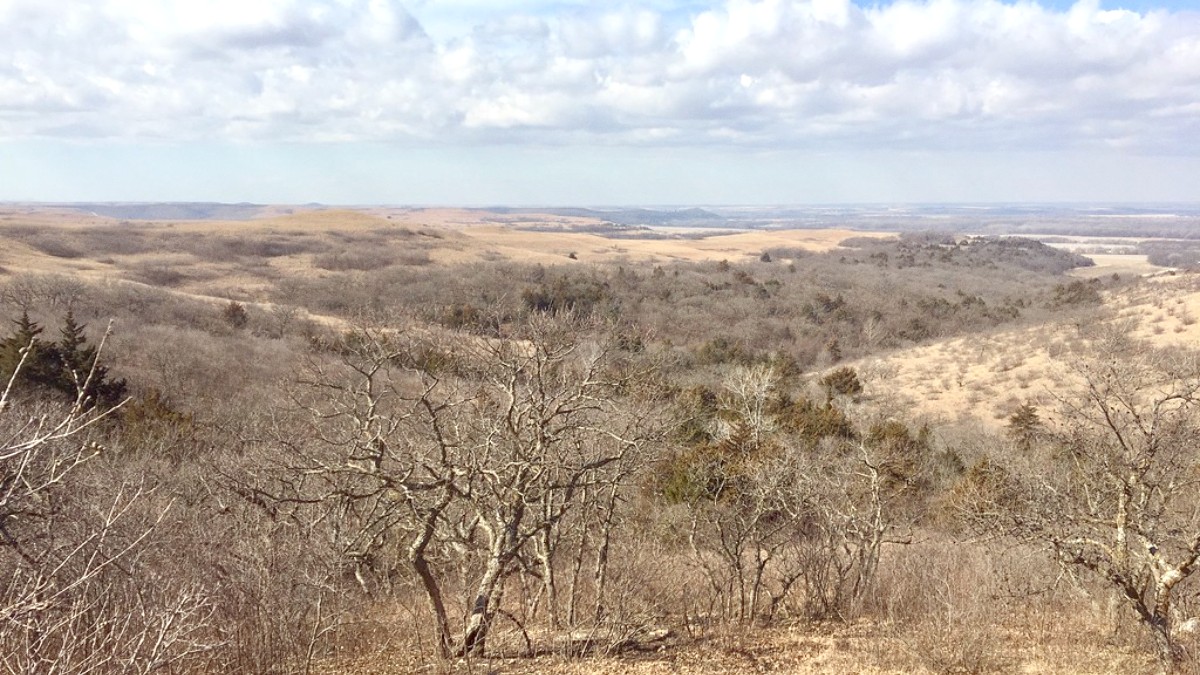
Kansas, USA
Several airports serve as convenient gateways. Choose an airport based on your itinerary and desired entry point.
Understand airline options and international connections. Plan your international arrival to allow ample time for immigration and customs clearance before your connecting domestic flight.
Features a brand-new, modern single terminal with a wide range of dining, retail, and on-site car rental facilities.
Standard airport amenities, including dining, shops, and car rental counters for traveler comfort.
A smaller airport with basic facilities, including a single dining option and car rental services, ideal for regional travel.
Amtrak serves Kansas (Southwest Chief route). Train service is not practical for direct access to the Flint Hills heart. A rental car is necessary from the station.
Greyhound operates routes to major Kansas cities. Less frequent or convenient for reaching specific Flint Hills attractions. A rental car is needed for regional exploration.
This is the most practical way to explore the rural Flint Hills due to its vast, open spaces and spread-out attractions. Requires a valid driver's license.
A valid U.S. Driver's license is needed. For international visitors, a valid home country driver's license is needed, and an International Driving Permit (IDP) is recommended in conjunction with your home license.
Paved state highways and county roads are generally well-maintained. Many of the most scenic backroads, however, are gravel or dirt. These unpaved roads can become muddy and slick after rain.
These are not common or practical for touring the vast Flint Hills region due to the long distances between attractions and the prevalence of gravel roads.
Bicycle sharing programs are mostly limited to specific university campuses (e.g., Kansas State University in Manhattan). A very limited number of local shops may offer bicycle rentals, but these are not for region-wide touring.
Comprehensive public transportation systems, like metros or trams, do not exist within the rural Flint Hills. Public transportation within the region itself is extremely limited.
Options for taxis and ride-sharing services are available but often limited outside of the larger towns. These services are more prevalent in Manhattan, Emporia, and Junction City.
Town centers (Cottonwood Falls, Manhattan's Aggieville) are pleasant for walking. Dedicated hiking trails are at Tallgrass Prairie National Preserve and state parks.
Dedicated bicycle infrastructure is limited. Cyclists typically share roads. Caution is for cycling on rural roads due to higher speed limits.
Avoid walking or cycling on busy highways, specifically interstates. Exercise extreme caution on gravel roads due to dust, limited visibility, and faster-moving vehicles.
Renting a car is the preferred and most effective method for exploring the Flint Hills.
Newer buildings and hotels in towns generally comply with Americans with Disabilities Act (ADA) standards, providing accessibility features. For broader mobility, a personal vehicle or an accessible rental van is needed to navigate the region.
No hop-on-hop-off services in the Flint Hills. Private tour operators from larger cities may include the Flint Hills.
Not applicable to the landlocked Flint Hills. Lakes provide recreational boating, but not transportation.
You will not find cable cars, funiculars, or other unique transportation systems in the Flint Hills.